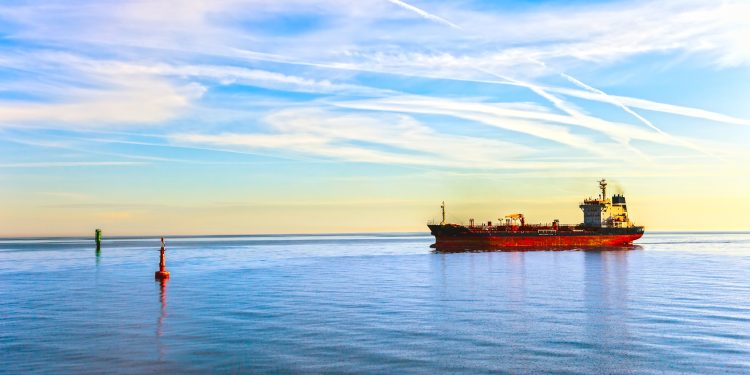USCG published a Marine Safety Advisory addressing maritime distress communication devices available to operators. Over the past decade, these devices have proliferated in the marketplace, and there are key differences to consider when purchasing one.
Some devices transmit via satellite, while others transmit on terrestrial frequencies, and these devices use different technologies to relay the distress notice. Furthermore, not all devices notify the U. S. Coast Guard directly.
USCG strongly recommends that mariners fully understand the capabilities and limitations of devices when purchasing a distress communication device.
It is imperative that mariners know how the devices work and who is notified when a distress signal is transmitted. Below is a list of the common devices, their capabilities, and potential considerations.
The following devices NOTIFY the U.S. Coast Guard:
- Digital Selective Calling (DSC) – DSC is an internationally recognized radio system protocol to facilitate establishing digital and voice communications between other maritime and terrestrial-based radio stations on the same network.
- High Frequency (HF) Radio – HF- radios with DSC are not typically carried by recreational vessels near shore but are useful for vessels operating in the open ocean or on transoceanic voyages.
- Very High Frequency (VHF) Radio – The VHF maritime radio operates in the maritime very high frequency band of 156 to 162 MHz (channel 01A to channel 88) and provides digital and voice communications within the radio line of sight range (approximately 5-20 miles depending on the antenna height above water).
- Electronic Position Indicating Radio Beacon (EPIRB) – The EPIRB is an emergency alerting device operating in the dedicated 406.0 – 406.1 MHz distress band monitored by the International Cospas-Sarsat Programme.
- Personal Locator Beacon (PLB) – The PLB is a manually activated emergency alerting device operating in the dedicated 406.0 – 406.1 MHz distress band monitored by the International Cospas-Sarsat Programme.
- Maritime Survivor Locating Device (MSLD) – The MSLD, also called a Man Over-Board (MOB) device, is a personal device intended for use by persons at risk of falling into the water such as mariners and workers on marine installations or docks, or by divers returning to the surface out of sight of their dive boats.
The following devices DO NOT NOTIFY the U.S. Coast Guard:
- Satellite Emergency Notification Device (SEND) – A SEND is a portable emergency notification and locating device, which uses commercial satellite systems.
- Automatic Identification System Search and Rescue Transmitter (AIS-SART) – The AIS-SART is a SAR transmitter used for locating survival craft. It may be used in lieu of the radar SART.
- Radar Search and Rescue Transponder (Radar-SART) – The radar-SART may be water-activated or manually activated, depending on the model.






























































